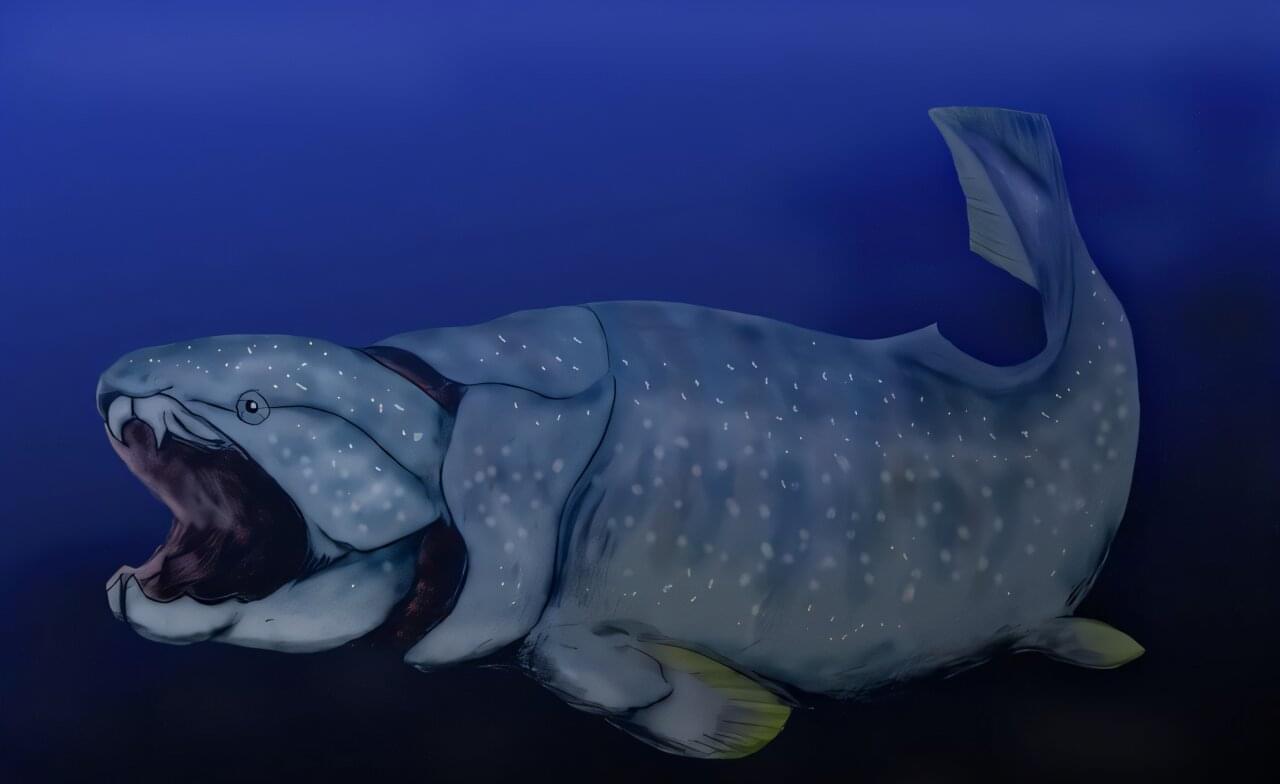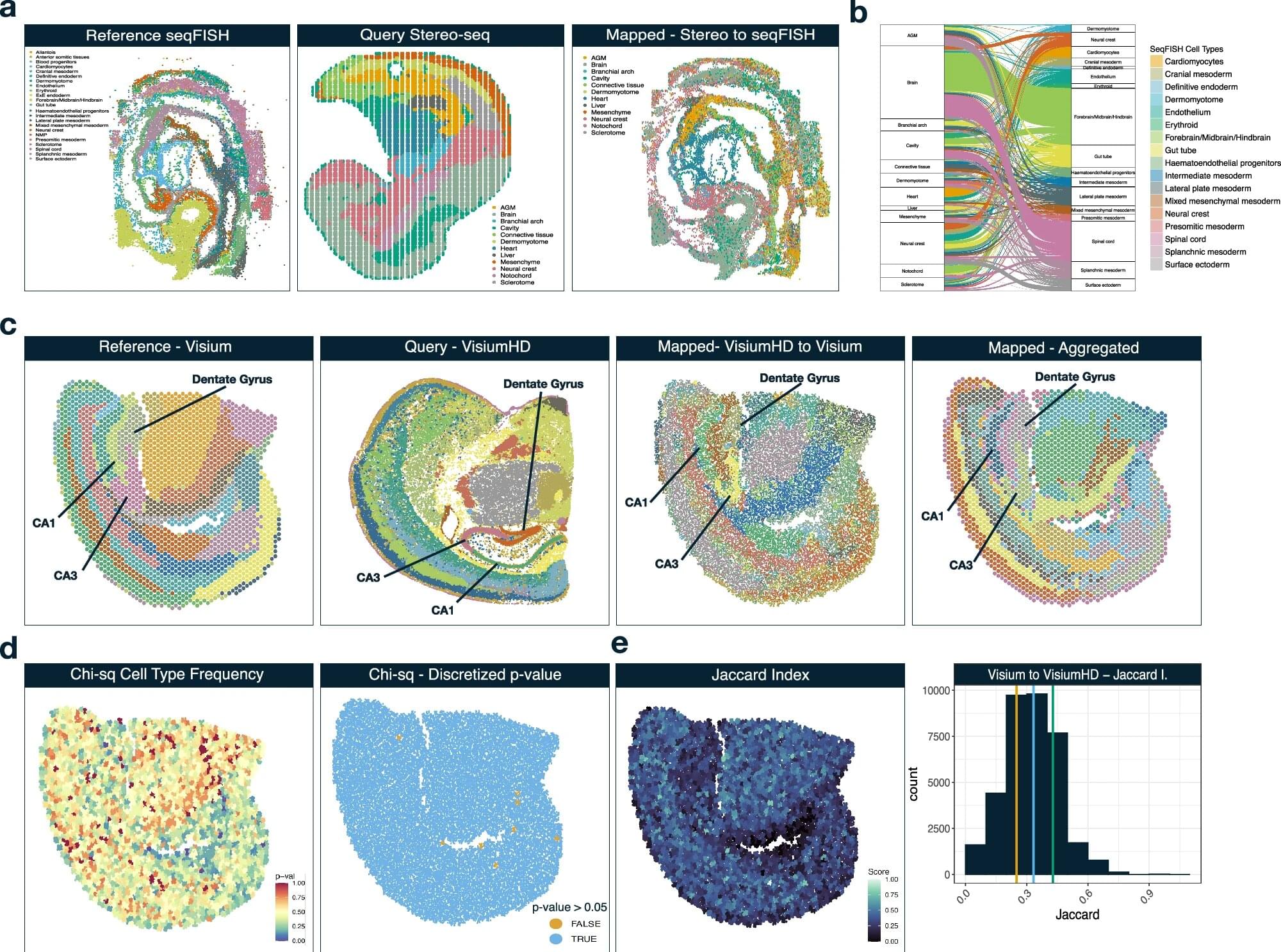An incredible breakthrough brings quantum-scale precision sensing to living biological systems.
Get the latest international news and world events from around the world.

Rising deep-ocean oxygen levels likely opened up new marine habitats and spurred speciation
Some 390 million years ago in the ancient ocean, marine animals began colonizing depths previously uninhabited. New research indicates this underwater migration occurred in response to a permanent increase in deep-ocean oxygen, driven by the above-ground spread of woody plants—precursors to Earth’s first forests.
That rise in oxygen coincided with a period of remarkable diversification among fish with jaws—the ancestors of most vertebrates alive today. The finding suggests that oxygenation might have shaped evolutionary patterns among prehistoric species.
The study is published in the journal Proceedings of the National Academy of Sciences.

Tokyo releases AI-generated video of Mount Fuji erupting
With Mount Fuji 100 kilometers away, the video from the Tokyo Metropolitan Government aims to inform Tokyoites about how an eruption could still seriously impact their lives.



Cell-mapping tool provides insightful multi-layered view of cancer behavior
Researchers at VCU Massey Comprehensive Cancer Center have developed a new computational tool called Vesalius, which could help clinicians understand the complex relationships between cancer cells and their surrounding cells, leading to potential discoveries regarding the development of hard-to-treat cancers.
Findings from a new study, published in Nature Communications, could help guide the identification of predictive biomarkers for multiple cancers and better inform the effectiveness of different treatment options based on individuals’ specific type of disease.
Rajan Gogna, Ph.D., member of the Developmental Therapeutics research program at Massey and assistant professor in the VCU School of Medicine’s Department of Human and Molecular Genetics, and a team of collaborators were driven by the goal of interpreting extensive amounts of data in a meaningful way.

Using Microbes to Mine the Moon
JMP offers a 30-day free trial for anyone, anywhere. Go to https://www.jmp.com/scishow to see the benefits of visual statistics for yourself.
Rocky bodies like moons, asteroids, and comets are chock full of resources, from water, to helium-3, to rare earth elements. But how can we access them? Some scientists have proposed using microbes to aid in the mining of certain metals.
